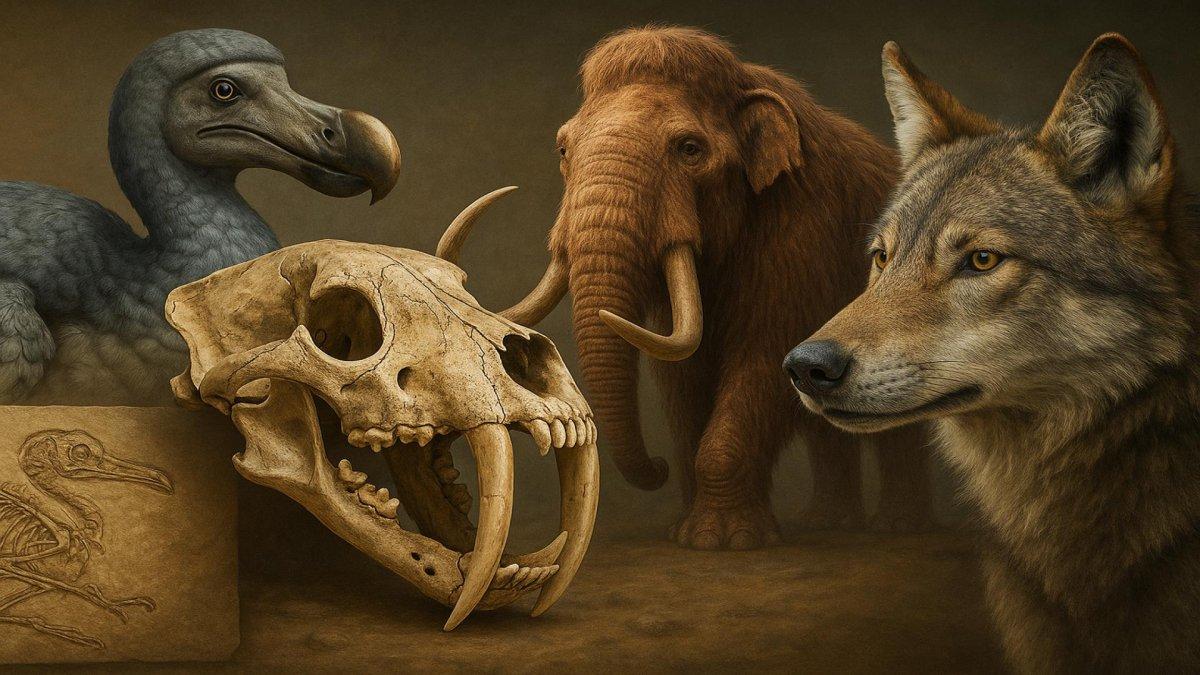2. Passenger Pigeon (Ectopistes migratorius)

The passenger pigeon once filled North American skies in flocks so vast they darkened the sun. Incredibly, this abundant species became extinct by 1914, a victim of relentless hunting and large-scale deforestation. Their sudden disappearance remains a stark reminder of the devastating consequences of unchecked human activity on wildlife. The loss of the passenger pigeon continues to echo as one of the most dramatic examples of human-driven extinction.
















